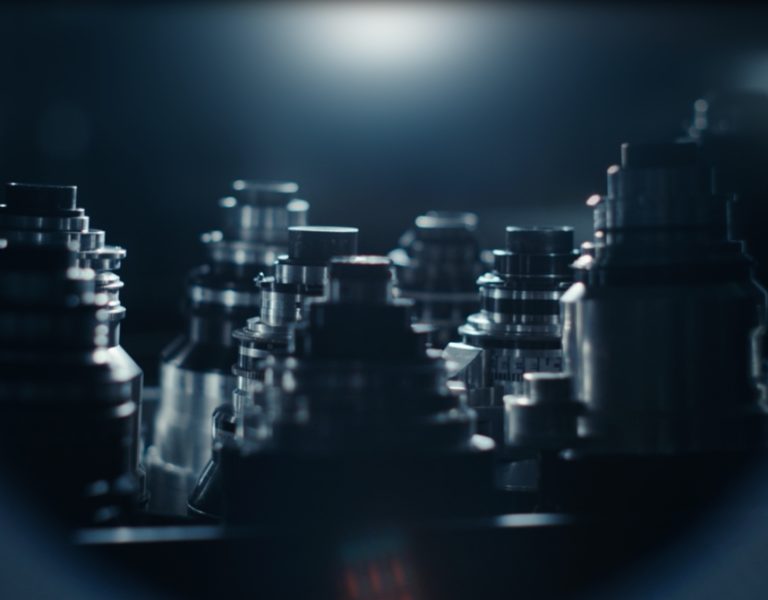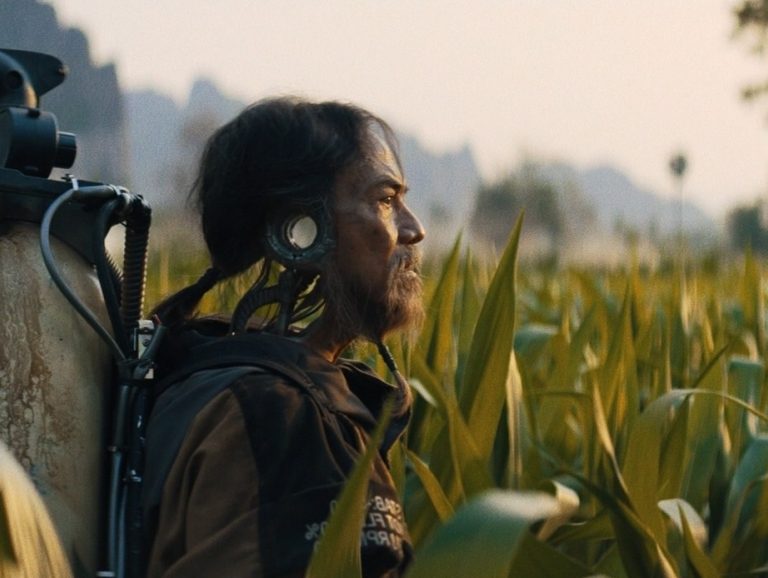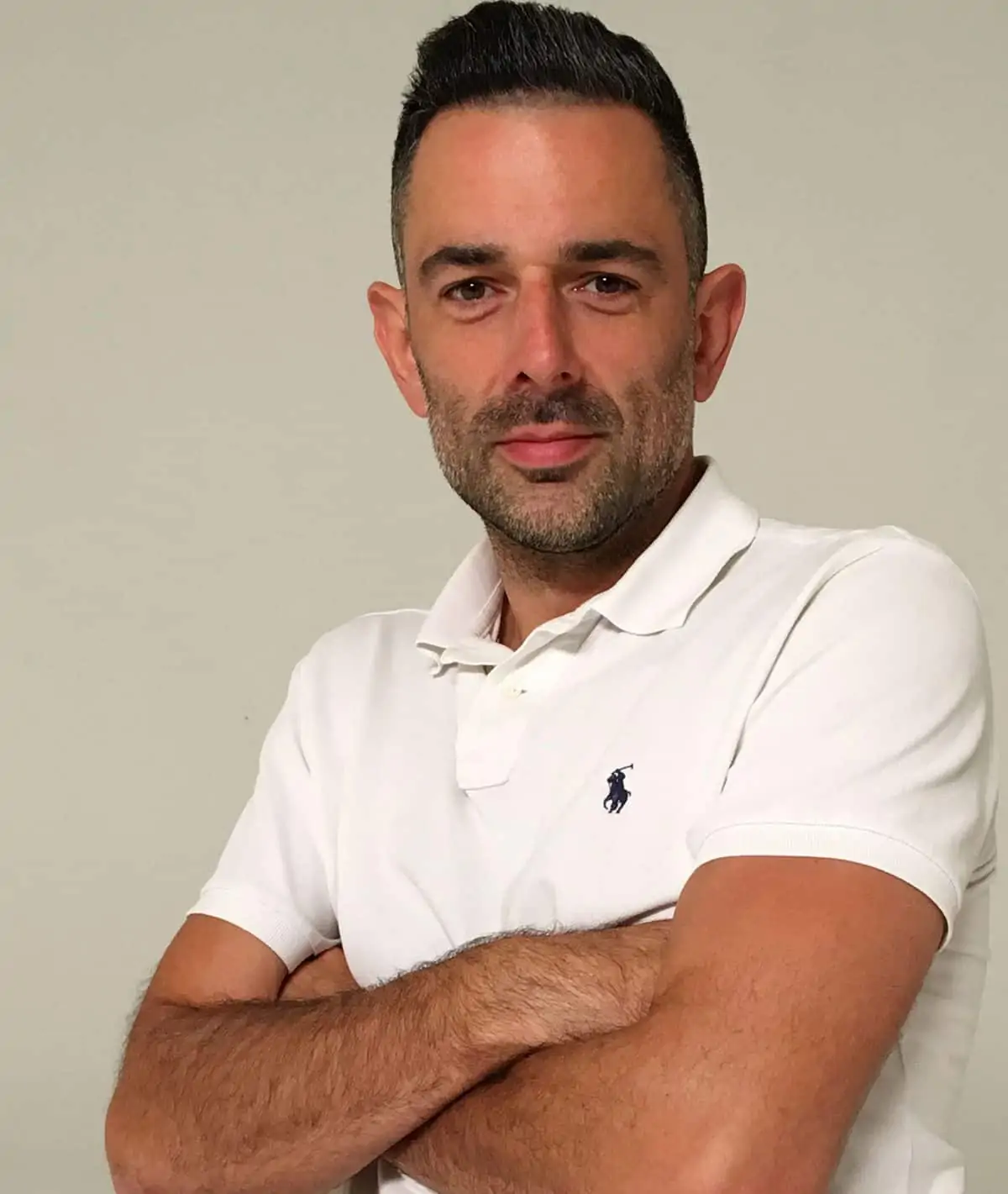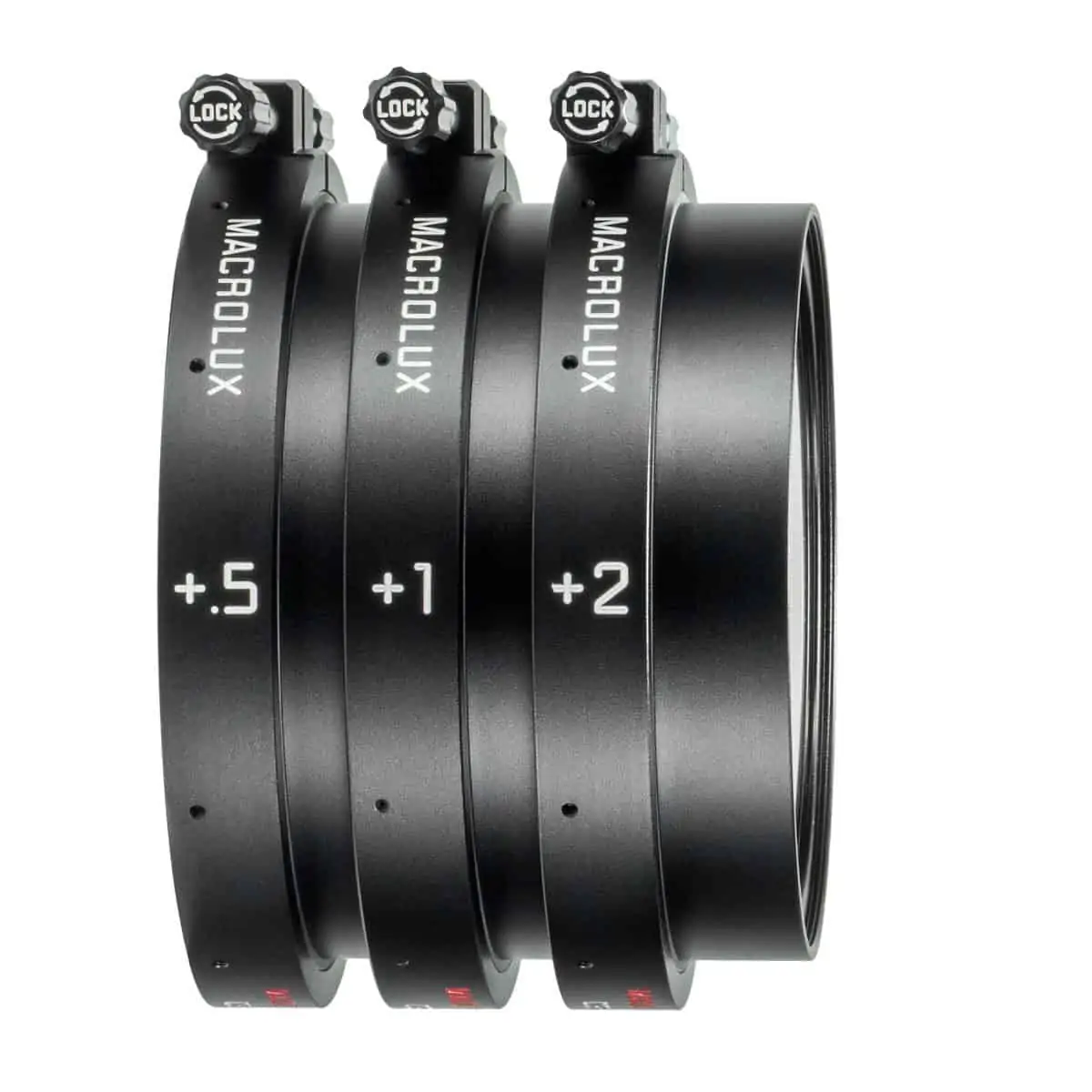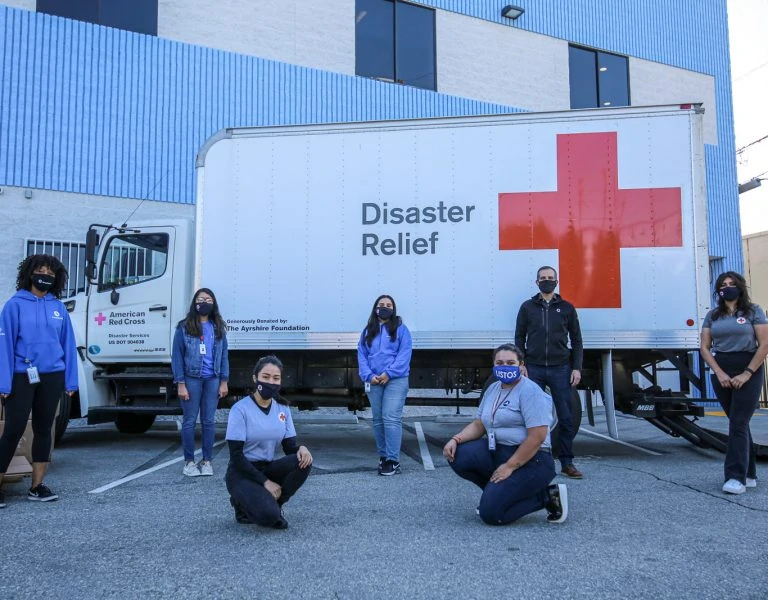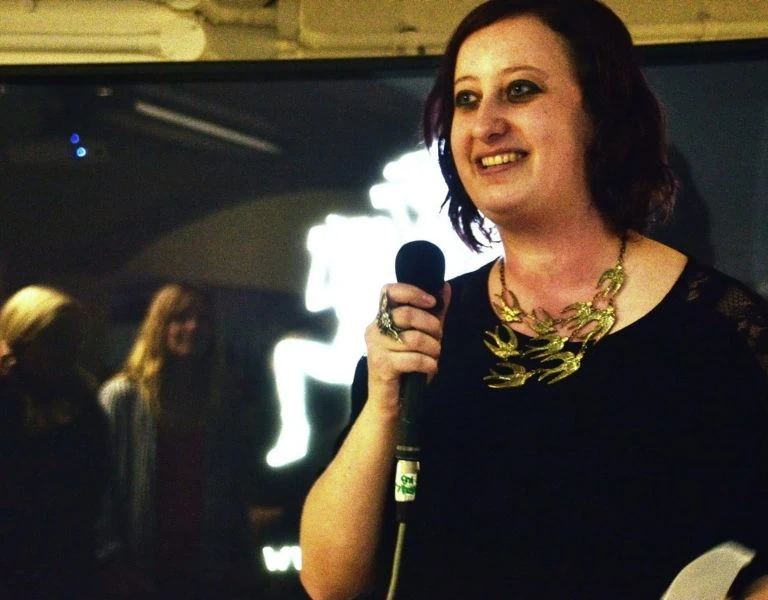Family Matters
Letter from America / Steven Poster ASC

Family Matters
Letter from America / Steven Poster ASC
Steven Poster ASC says workplace unity, set etiquette and civil camaraderie need to be integrated into the 21st century production culture.
I know it’s easy for the more senior practitioners of our craft to often regale younger camera team members with tales of how much this industry has changed. How we have all “benefited” from our years of hands-on apprenticeship training on-sets, from mentors who took the time to pass on the knowledge they had gleaned in a system and a workflow as old as cinema itself. I know it’s easy to say the “good old days” were somehow better than today’s more fragmented landscape. But that’s hardly the essence of this editorial.
Frankly, this is no longer the same industry we old farts love to tell stories about. It’s plain to see how much of a culture shift has occurred and, as someone who has personally experienced this sea change, I’m not here to pass judgment either way. In fact, this new era, built around digital technology, may well be more exciting and creative than any we ever lived through. But what is of vital importance for our younger Guild members to understand is that specific aspects of the system I grew up within, namely etiquette, mutual respect and the creative hierarchies on a set, should not be tossed aside.
The great Conrad Hall ASC made a statement late in his life about how directors of photography are responsible for their entire crew. And what that means is that in this industry we call, “show business,” there are practices and methodologies that create the notion of “family” on sets and locations. It’s a key concept that is certainly less present today, and due, in large part, to the lack of the kind of training that past generations learned by “coming up through the ranks.”
Still, the essence of what this kind of training represents remains an imperative: to sustain (and in many cases, bring back) the idea that the filmmakers on a set are a working family, whose leader (the director of photography) is responsible for the safety, welfare and working conditions of the clan. I’ve always scheduled meetings with my crews (and anyone else who wants to join in) at the beginning of each production to talk about the dangers and pitfalls that lay ahead, with the goal being to empower each crewmember to be his or her own safety officer; to really watch out for all of our sisters and brothers.
I remember how a veteran key grip took me aside on my very first day on a film set and said I needed to learn two things: “stay busy and never sit down,” and “always return to the set with a piece of gear in your hands” (and he wasn’t talking about a smart phone!). Sounds like folk wisdom, perhaps, but his message about respecting the set and always staying engaged – with the work and with each other has never been more relevant.
Respect in my formative years was always passed down the line – from the DP, to the operator, to the camera assistants, to the loaders – and now we can add job functions like DITs and digital data wranglers to that chain.
Workplace unity, set etiquette and civil camaraderie may seem like small intangibles, concepts from another era. But they have actually sustained this industry for more than a century; and need to be integrated into this 21st century culture, built upon new technologies and new ways of creating images.
The ability to make a set efficient, respectful to all of the production crafts and, most of all, safe for every single person, is a theme I always feel it is necessary to talk about.
A safe, communicative set is an achievable goal to which every member of this industry must strive. The ideas of set etiquette and a set hierarchy have a definitive purpose beyond what the words themselves convey: making entertainment is a dangerous business, particularly with anything that involves “action cinematography.”
The tools we use are heavy (even the small ones), and the control that we require of an environment to achieve our filmmaking goals is extraordinary. That goes for small productions, as well as the obvious demands of a large studio franchise or TV pilot/series filled with stunts and VFX. I can’t imagine any dedicated production team that does not, in all of the important ways, consider themselves filmmakers, not wanting to put out the very best effort to achieve the creative goals of the director and cinematographer. That’s why the set hierarchy is vital. Especially on a project where the stakes are often raised with action photography, the chain of communication must be crystal clear and all must understand the line of information on a daily basis. Everybody must be conscious of their surroundings and the people around them. These are the ways we become a cohesive unit; these are the ways we become a family.
It’s simple to identify the set hierarchy, given the job classifications to which our industry adheres. To my directors of photography colleagues I would add that one of our most important responsibilities is to keep the camera team safe and support them in every possible way. The pressure to move quickly – on a big or small show – escalates with each passing day. That’s why the way a set is run, which is the responsibility of the first assistant director, is such an important part of how we all unite as a production family.
Early in my career, I was fortunate to have worked with the same assistant director on seven consecutive features. My friend worked either as the 1st AD or unit manager on many of these projects. He helped create a rhythm that can only come with consistency and familiarity. It was a joy, really from the first time on the set, to work with him because the level of trust was absolute. The instinctive understanding he and I developed became invaluable, and that should be developed throughout the production team, at every level. If I don’t have that kind of communication with the camera operator, camera assistant, DIT, gaffer and key grip, then my ability to realise the director’s vision (and keep my crew safe) will be compromised.
One way to secure this level of communication and trust is for the director of photography and the assistant director to speak with the entire crew about safety protocol before production begins. The dangers I mentioned earlier in our profession can also be present in even the most innocent ways. For example, I often tell the make-up, hair and wardrobe, costume and art departments (who are not typically dealing with heavy equipment) to be mindful of obstructions around the set. I ask the sparks to make sure dark areas around and near the set are lit, so everyone can be safe.
Everyone should have a voice in “caution.” If you see something unsafe, do not be silent. Let someone in your department know. Anything of an inherently dangerous nature – stunt, action, working with special tools – has established industry guidelines that are readily available through your smartphone and Local 600’s recently introduced Safety App. For example, working with explosives and gunfire has clearly mapped-out procedures. If you see those procedures not being followed, for whatever reason, speak up!
We are all one family – never more so than when lives are literally on the line.
Steven Poster ASC
President – International Cinematographers Guild, Local 600


